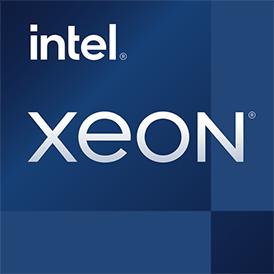 Estimated results for PassMark CPU Mark
Estimated results for PassMark CPU Mark
|
|
AMD EPYC 7232P
8C 16T @ 3.1 GHz
|
17018
|
|
|
Intel Xeon E-2124G
4C 4T @ 3.4 GHz
|
7458
|
 Geekbench 5, 64bit (Multi-Core)
Geekbench 5, 64bit (Multi-Core)
|
|
AMD EPYC 7232P
8C 16T @ 3.1 GHz
|
8764
|
|
|
Intel Xeon E-2124G
4C 4T @ 3.4 GHz
|
3968
|
 Geekbench 6 (Multi-Core)
Geekbench 6 (Multi-Core)
|
|
AMD EPYC 7232P
8C 16T @ 3.1 GHz
|
7584
|
|
|
Intel Xeon E-2124G
4C 4T @ 3.4 GHz
|
4069
|
 Geekbench 6 (Single-Core)
Geekbench 6 (Single-Core)
|
|
Intel Xeon E-2124G
4C 4T @ 3.4 GHz
|
1367
|
|
|
AMD EPYC 7232P
8C 16T @ 3.1 GHz
|
1254
|
 Geekbench 5, 64bit (Single-Core)
Geekbench 5, 64bit (Single-Core)
|
|
Intel Xeon E-2124G
4C 4T @ 3.4 GHz
|
1202
|
|
|
AMD EPYC 7232P
8C 16T @ 3.1 GHz
|
988
|

